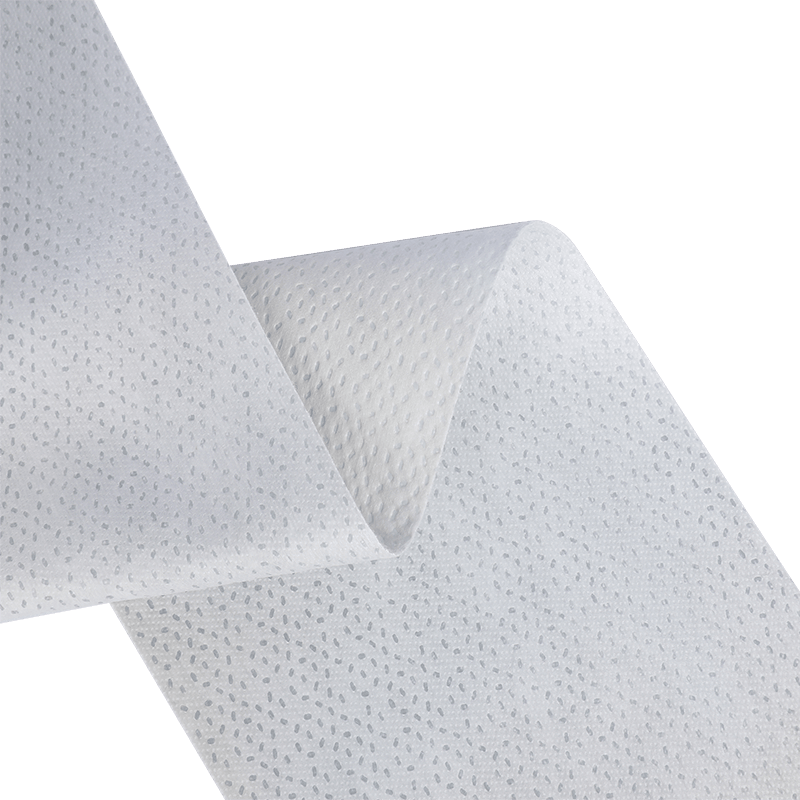In industries wherein water resistance is a critical requirement, how does
SFS Laminated Non-woven material exhibit its effectiveness, and what unique traits make contributions to its waterproof homes?
SFS Laminated Non-woven cloth has received considerable interest in industries in which water resistance is a paramount requirement because of its specific composition and creation. The water-resistant homes of this cloth are derived from its exclusive SFS (Spunbond Meltblown Spunbond) shape and the substances utilized in its manufacturing method.
One of the number one contributors to the water resistance of SFS Laminated Non-woven material is the incorporation of a hydrophobic layer inside its structure. The spunbond layers, which bookend the meltblown layer, play a critical function in improving the fabric's water resistant characteristics. Spunbonded fibers are acknowledged for his or her strength, and whilst combined with a hydrophobic treatment, they create a barrier that stops the penetration of water molecules.
The hydrophobic nature of the spunbond layers guarantees that water beads up on the surface of the cloth instead of being absorbed. This is mainly superb in packages in which maintaining dryness or stopping water ingress is crucial. For instance, in out of doors clothing, scientific shielding wear, or construction materials, the waterproof function of SFS Laminated Non-woven cloth facilitates beautify the overall overall performance and functionality of the end product.
Additionally, the meltblown layer within the SFS shape contributes to water resistance by using presenting a further barrier. The fine fibers created thru the meltblown procedure entice water droplets, preventing them from passing thru the cloth. This filtration effect now not most effective adds to the water resistance however also aids in developing a fabric that may be suitable for packages where protection towards liquid-borne contaminants is critical.
It's worth noting that the extent of water resistance can be further customized based at the specific requirements of various industries. Manufacturers can also follow additional remedies or coatings to decorate the hydrophobic houses of SFS Laminated Non-woven cloth. These treatments may consist of fluorocarbon finishes or different water repellent sellers that complement the intrinsic characteristics of the cloth.
In applications inclusive of out of doors fixtures, tents, or clinical gowns, in which publicity to water is common, the water resistance of SFS Laminated Non-woven cloth becomes a pivotal component. The material's potential to withstand liquid penetration no longer most effective ensures the durability of the product but also complements user consolation by way of providing a dry and protecting surroundings.
In end, SFS Laminated Non-woven material showcases its effectiveness in water resistance through a combination of hydrophobic treatments, spunbond layers, and the filtration houses of the meltblown layer. This makes it a preferred choice in diverse industries where retaining a dry and protective barrier towards water is of maximum significance.
 SFS Laminated Non-woven fabric (Breathable Membrane optional)
SFS Laminated Non-woven fabric (Breathable Membrane optional)
